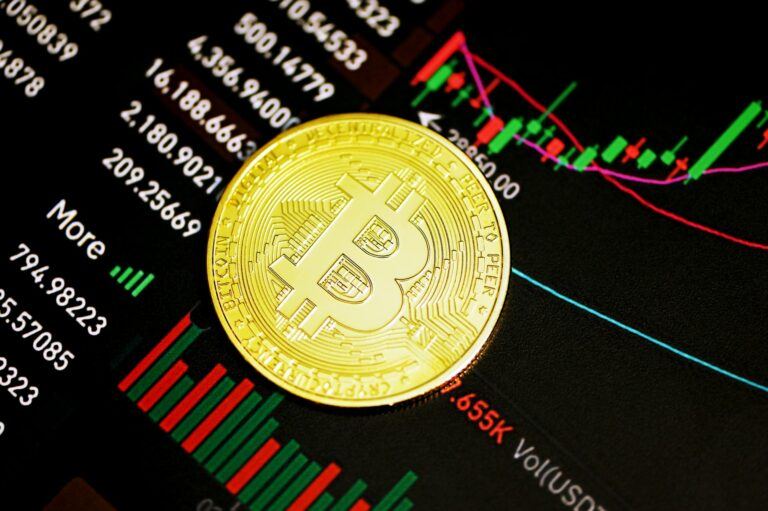The co-founder of the popular cryptocurrency exchange BitMEX has recently suggested that the price of the flagship cryptocurrency Bitcoin ($BTC) could surge if central banks keep on raising interest rates.
In a recently published blog post, Hayes challenged the deep-seated belief linking Bitcoin’s price performance to interest rates, saying central banks and governments are in a precarious position as they cling to dated economic models to “combat the novel situations of the present.”
In efforts to contain spiraling inflation to the target 2%, the Federal Reserve and other central banks throughout the world have been aggressively hiking interest rates, with the U.S. Central Bank’s reference rate moving from 0.25% to 5.25%, which in turn pushed yields on Treasurys from extremely low values to 5.5% for the 6-month notes and 4.25% for 10-year notes.
In the post, Hayes revealed he has reservations about the long-term viability of the central banks’ strategy, suggesting that inflation might remain persistently high. This perspective stems from the observation that nominal GDP growth, according to the Atlanta Fed’s GDPNow forecast, is a staggering 9.4%, a stark contrast to the modest 5% 2-year US Treasury yield.
Hayes opined:
Conventional economics says, as the Fed raised rates, growth in a very credit sensitive economy would falter. Common sense tells us that in these conditions, nominal GDP growth should be falling and real rates rising. But that is not happening.
As financial assets including Bitcoin and equities suffered significant downturns, they negatively impacted the government’s capital gains tax revenues, Hayes said, which further inflated the government’s deficits.
He added that to bridge this gap, the government would invariably have to issue more bonds, which translates to elevated interest outlays to bondholders, particularly in an environment of surging rates.
Hayes hypothesises that if the economy sustains its expansion trajectory surpassing government debt payouts, bondholders might pivot towards more lucrative “risk assets”, such as Bitcoin, chasing higher returns.
The convertional narrative suggests that lower interest rates may benefit Bitcoin and other risk assets, as affordable capital could pave the way for more speculative investments. Hayes conceded that diminished rates have historically favoured Bitcoin’s valuation and labeled BTC’s correlation with central bank decisions as a “positive conex relationship.”
Notably, the CEO of global investment platform eToro, Yoni Assia, has recently revealed he is still bullish on the flagship cryptocurrency even amid a wide cryptocurrency market decline that has seen BTC’s market capitalization drop to near $500 billion over its upcoming havling event.
Bitcoin’s upcoming halving event is set to occur in April 2024 and has inspired a number of bullish Bitcoin price predictions. As reported, investment research firm Fundstrat has suggested BTC could see a leap of over 500% from its current value to reach the $180,000 mark ahead of its upcoming halving.
Moreover, London-based multinational banking and financial services firm Standard Chartered has suggested that the price of the flagship cryptocurrency could surge to $50,000 this year, and could breach the $120,000 by 2024’s close in another major bullish price prediction for BTC.
Featured image via Unsplash.









